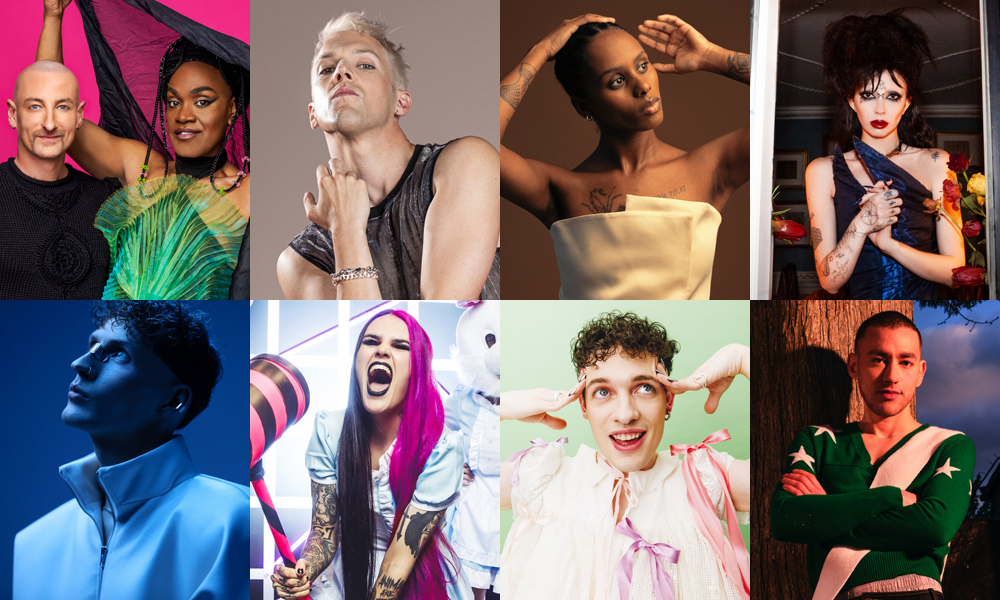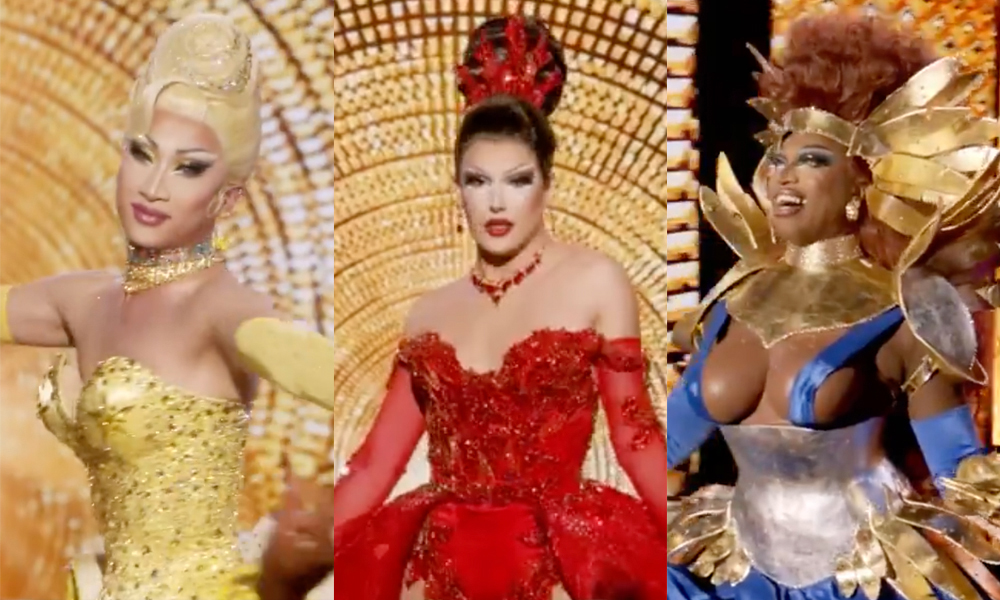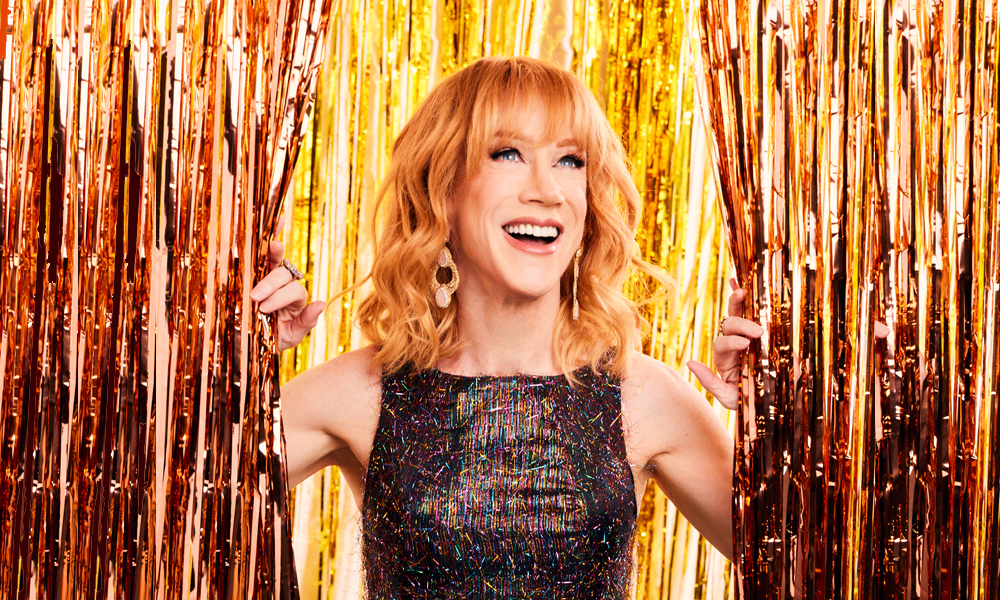How the LGBTQ+ community has reclaimed queer-coded villains…
By Rowan O’Brien
Though horror originally used queerness as another way to shock the audience, the genre has now been reclaimed by a growing queer fanbase. From Halloween being colloquially known as “gay Christmas,” to television series like The Boulet Brothers’ Dragula (2016–present), the genre of horror has become a queer icon in its own right. Queer horror is celebrated locally by drag performers like Seyoncé Knows and the local screening series Queer Fear, where horror films are screened and analyzed through a queer lens. These screenings include drag performances and raffles of themed loot bags, and often provide a platform for local queer horror filmmakers through curated pre-shows.
At first, the link between queerness and horror may seem like a campy coincidence, but if you dig into cinematic history a little, the intentionality behind the connection becomes clear. When the infamous Hays Code was created in 1930, the Motion Picture Producers and Distributors of America claimed to be protecting the innocence and morality of the viewing public. Four years later, “sex perversion” was added to the list of banned behaviours, specifically targeting on-screen queerness. This amendment forced filmmakers to use more creative innuendos when depicting queer characters, popularly known as “queer-coding.”
Queer-coding allowed filmmakers to avoid explicitly discussing queer sexualities by using stereotypes and ‘Easter eggs’ to encourage the audience to read certain characters as queer. In “Gender Transgression and Villainy in Animated Films,” a 2003 article published in Popular Communication, these attributes are broken down into five categories: physical characteristics, costuming and props, non-verbal gestures and body positions, activities, and dialogue. During this period, horror was the easiest genre to queer-code because the filmmakers could conceal queerness by incorporating it as another horrific dimension of the monster. By projecting queerness onto the villains and monsters of horror films, the creators could come dangerously close to explicit queerness as long as they were framing it negatively.
With these roots in early cinema, queerness is now intrinsically linked to villainous characters. Because antagonists are often placed in opposition to a heterosexual and cisgender hero, their desires and gender are easily queered. For example, in Hercules(1997), the titular character’s buff muscles and square frame oppose Hades’ slender build and dress-like robes. Aladdin (1992) also employs this tactic by having the tall and slim Jafar counter the athletic and muscular Aladdin.
Despite the negative aspects of queer-coded villains, many of these characters have been reclaimed by the queer community as icons. In instances where queer representation is hard to find, such as during childhood or the Hays Code era, queer people find themselves in the subtle queerness embedded in horror and villainy. These characters and their mannerisms allow queer viewers to recognize themselves in a landscape where queer identity is almost completely erased.
When queer viewers do not identify with the heteronormativity of Hercules or Simba, they are more likely to see themselves in the likes of Hades and Scar. In Disney films, though the villains are never explicitly referred to as queer, they are often outcasts in the world they inhabit, and despite this alienation they are often egotistical and unapologetic – one might even say proud. They usually do not try to conform to the world of the story but change it to their values, which is why they are viewed as a threat to the (hetero)normativity of the world and must be vanquished.
Even though Disney may have stylized these characters as queer in an attempt to paint them as inherently immoral, the queer community has welcomed them with open arms. For example, the design of Ursula, the sea witch from The Little Mermaid(1989), is based on Divine, an iconic drag queen. Instead of queer spectators viewing this link between gender transgression and villainy as a deterrent, Ursula became a queer icon, and now characters such as herself, Maleficent and Cruella de Vil are favourite costumes for drag queens.
This shared experience of recognizing oneself in the villain or monster has folded these characters into the queer community as queer icons, and further ingrained horror into the queer aesthetic. Reclaiming these characters as queer icons is a form of resistance in defiance of the demonization of queer characters in popular media. In a similar way to how slurs are reclaimed in an attempt to remove, lessen or invert harm, these characters – who were meant to be alien and rejected by the viewer, in part due to their queerness – were accepted by the queer community in a reaction that directly opposes the harmful intent.
The Rocky Horror Picture Show (1975) is a great example of queer resistance, from its creation to its continued screenings in theatres all over the world. This film is an outrageous parody of B-horror movies and brings the queer subtext of the genre to the foreground. Just like Rocky, and Frankenstein’s monster, Dr. Frank-N-Furter is a “monster” created by pieces of others, a satirical combination of all the other queer villains who came before him, finally free from the closet.
On the surface, Dr. Frank-N-Furter is not a character you would want to be associated with. He is homicidal and unhinged, and yet he is mesmerizingly charming to all the other characters, as well as the audience members. Dr. Frank-N-Furter and his sexual liberation started a queer tradition of yearly – and in some cities, monthly – screenings of Rocky Horror almost 40 years later. Screenings of the film are extremely queer-positive, body-positive and shameless events, and often act as a meeting place for local queer communities, all built from the inverted legacy of queer-coded villainy and horror.
Throughout film history, villains and monsters have often been the clearest victims of queer-coding, cementing the demonization of queer people into the horror genre and, by extension, the public perception of the community. However, the queer community flipped the script on these ill-intentioned caricatures and instead of being ashamed of these depictions, accepted the characters into their found families and reclaimed them as their own in an act of resistance.
ROWAN O’BRIEN is a queer writer and filmmaker based in Toronto who loves ranting about LGBTQ+ representation in media while creating their own queer stories. Their queer coming-of-age short film Crushed played at the Toronto Youth Shorts festival, and their next short film, City Limits, will be released this year.





POST A COMMENT